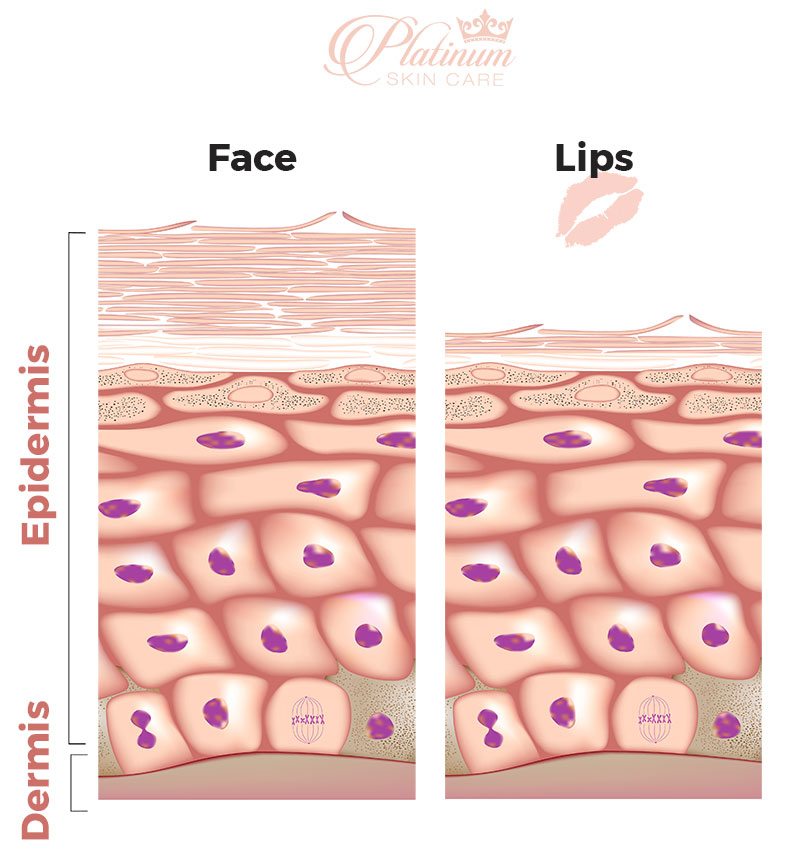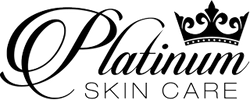
Transcript
Using chemical peels to rejuvenate the upper and lower lips
Oh boy do we get questions on this one. Can I peel my lips? My lips are darker and I watched a video showing a lip peel. How can I do that? Today I am going to talk all about it and give you a simple demonstration.
First of all .. why would you want to peel your lips?
- A lip peel can help to stimulate collagen and fullness.
- A lip peel can help to make the lips a bit more pink.
- A lip peel can make the lips look younger.
- The lips of Fitzpatrick types 3-6 can deal with darkening of the skin over time. A lip peel can help to bring them back to their natural coloring.
The next point I want to get into is which acid is best for treating the lips and why. I have a definite preference when I suggest an acid – and that is because the lips are very thin and sensitive. Therefore they are prone to cracking and excessive irritation. We want to avoid that as much as possible.
Also, due to the fact that the lips are thin – we want to make sure an acid isn’t penetrating too deep, so we want to use a molecule that is of a larger size if we can. The skin of the lip has only three to five cellular layers – which is VERY THIN, in comparison to typical face skin, which has up to 20 layers.

My #1 acid choice for a lip peel is the lactic 50. This is because lactic is hygroscopic *meaning it helps to pull moisture to the skin*. It is also an excellent acid to deal with pigmentation issues and will help to minimize them after a few uses.
Lactic also has a large molecule that will not penetrate too deep or cause any aggressive flaking. This is the safest acid.
Another great acid choice would be mandelic. It too is excellent for pigmentation changes and is not too irritating. It will only cause light flaking that will be very manageable.
Glycolic is another option that we have, but I exercise caution because of the molecular size being so small that it can penetrate deeper into the skin and will cause more irritation and drying – possible cracking if you aren’t careful.
I want to mention TCA last. This is the one that people come flocking to us for – yet it is the one I am most hesitant to suggest. My greatest concern about TCA is the depth of penetration. With deeper penetration there is more flaking and very possibly cracking – which could be extremely uncomfortable. If you choose to use a TCA peel on the lips, we suggest our 7% as an option for that to be as safe as possible.
A couple of warnings.
No matter which acid you choose – if you are dealing with excess pigmentation, we highly suggest the use of our Fade Bright (or another melanin inhibitor) to the lips and surrounding area for 1-2 weeks prior to the application of an acid. *This will also help immensely at lightening the pigmentation.
If you are prone to fever blisters, please make sure to get your preventative scripts before applying any chemical peel – and especially if you are applying an acid to the lips.
There is a high probability that your lips could crack. You will need to keep them very hydrated and covered with a thick ointment – such as a petrolatum based jelly at all times. Don’t do extreme lip movements if you can.
Make sure to apply an SPF to your lips if you are heading outdoors. Especially if you are performing a peel to help get rid of pigmentation – as the sun is your #1 cause.
Let’s get going, shall we?
- Wash off all lip products.
- Swipe with Prep A or alcohol to remove any leftover oils or makeup.
- Get a Qtip or a gauze pad – either is fine to apply your peel.
First thing … look at your lips. There is the top and bottom. The outer portion is dry and then you reach a point where it becomes moist. We need to AVOID getting any acid into your mouth – so make sure to concentrate your application on the outer portion only.
Now we are just going to apply the peel to the same areas that you would apply a lip balm. I like to do the top first – and then the bottom.
- **You may absolutely go outside the vermillion border to help with lip lines, nasal labial folds and marionette lines. We have an entire video on this – so see that if you want to learn how to treat your outer lip lines.
- Time it like you normally would for a peel OR a bit less. This is entirely dependent on the acid you choose – but around 2-3 minutes is probably an average time here.
- DON’T LICK YOUR LIPS …. After your time is up, rinse well with cold water.
- Now apply your ointment to keep them hydrated. I like to use a bit of water-based hyaluronic acid to keep them moist and then our lip butter to seal it in. Ointments like Aquaphor or plain Vaseline are also perfect.
Skip OTC chapsticks that are full of wax - that won’t help at all. Hydrate with something water soluble and then lock in the moisture. Do this every day – multiple times per day - and keep your lips protected until they are smooth again.
Same as any peel --- NEVER pick at skin that is flaking. Let it come off naturally.
That was a super simple spot treatment that I would say you can do about 2-3 times. I would space them about 2 weeks apart. **Make sure to push it off if your lips are irritated in ANY way. This is not a necessary peel for most people, but if you have some of the concerns I mentioned prior – this can be a great option to help brighten and smooth the lips.
I also want to mention another option that may be more desirable for you if you don’t want to do a peel. You can use a daily acid serum to treat the lip area as well. This can be more tolerable for you.
I suggest our Serum 15% applied to the lips 1-3x per week prior to bed – until they are looking great (then just apply 1x per week to keep them smooth). After you apply, let it dry and then apply an ointment or lip butter so you aren’t licking the acid – YUCK!
I hope that I was able to answer all of your questions about performing a lip peel. As always…
If you still have questions.. just reach out to us. We are here to help.



